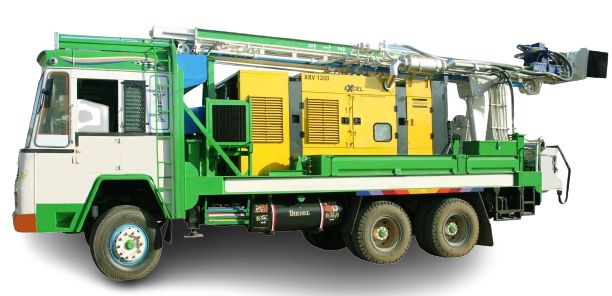In today’s fast-paced manufacturing world, CNC (Computer Numerical Control) machines are more than just tools — they are the engine of precision, efficiency, and scalability. Whether you’re running a high-volume production line or prototyping a single aerospace part, CNC machining delivers unparalleled advantages.
Here are the top benefits of CNC machines and why they remain vital in the age of smart manufacturing.
1. Unmatched Precision & Consistency
Tight Tolerances
- CNC machines routinely achieve tolerances down to ±0.005 mm, making them ideal for medical implants, aerospace components, and tight-fitting mechanical assemblies.
Repeatability
- Once a program is validated, it can produce thousands of identical parts, ensuring reliability across batches.
Example: CNC is used in orthopedic device production where every part must fit perfectly into the human body — every time.
2. Higher Throughput & Efficiency
Lights-Out Operation
- Run machines unattended overnight or through the weekend — a practice known as “lights-out manufacturing” — to maximize output without adding labor costs.
Fast Changeovers
- Automated tool changers, pallet systems, and fixturing drastically reduce setup time between jobs, ideal for multi-part workflows.
3. Complex Geometry & Multi-Axis Capability
4- & 5-Axis Machining
- Enables the creation of complex shapes like turbine blades, mold cavities, and undercuts in a single setup.
Integrated Multi-Functionality
- Many CNC centers combine milling, turning, tapping, and drilling in one machine, minimizing the need for multiple setups or fixtures.
4. Reduced Waste & Material Optimization
Smart Toolpaths
- CAM software generates adaptive toolpaths that reduce air-cutting and excessive material removal.
Collision Avoidance
- Advanced simulations and sensors help prevent tool crashes and part scrap, protecting tooling and raw materials.
Insight: This translates to significant cost savings when working with expensive materials like titanium or Inconel.
5. Lower Labor Costs & Training Time
Operator Efficiency
- A single operator can manage multiple CNC machines, compared to the one-operator-per-machine model in manual machining.
Simplified Training
- Intuitive CAM interfaces, presets, and simulation tools allow new operators to become productive in weeks, not months.
6. Enhanced Safety
Enclosed Workzones
- Most CNC equipment features full guarding, chip control, and mist extraction systems, reducing direct operator exposure.
Automatic Safety Protocols
- Machines are equipped with tool breakage detection, overload monitoring, and emergency stop functions.
7. Seamless Digital Integration
Industry 4.0 Compatibility
- Modern CNC systems support IoT devices, predictive maintenance, and real-time data analytics to drive continuous improvement.
CAD to CAM Workflow
- Direct digital transfer from CAD software (e.g., Fusion 360, SolidWorks) to the CNC controller eliminates transcription errors.
8. Scalability & Flexibility
Prototype to Production
- CNC machines make it easy to test new designs and scale up instantly without changing platforms or tools.
On-Demand Manufacturing
- Enables short runs and low-volume production to be economically viable — perfect for startups, R&D, and mass customization.
